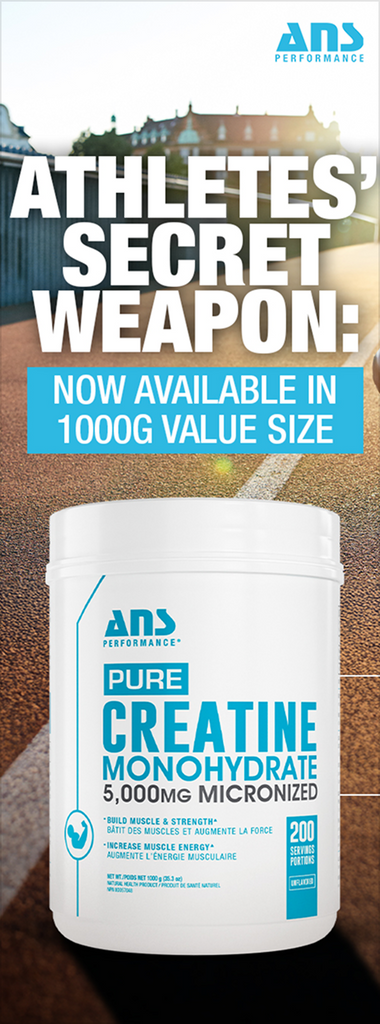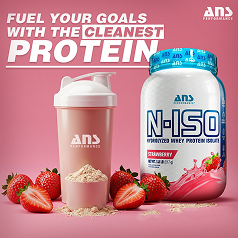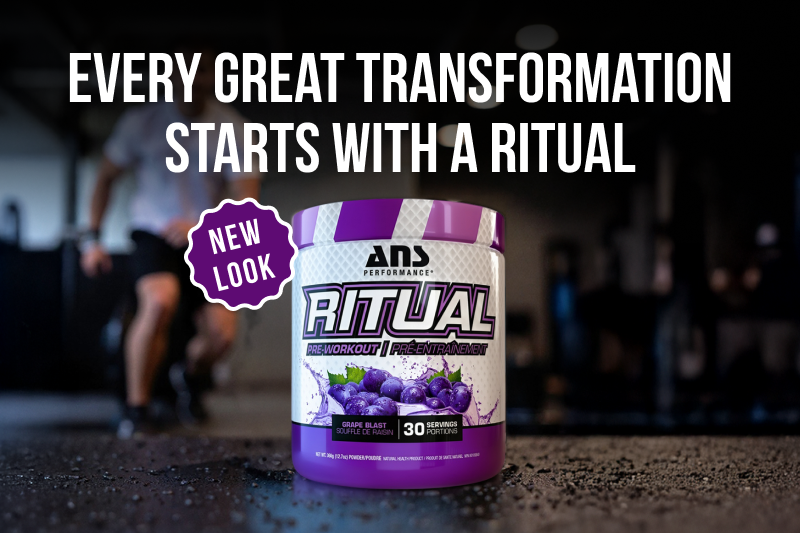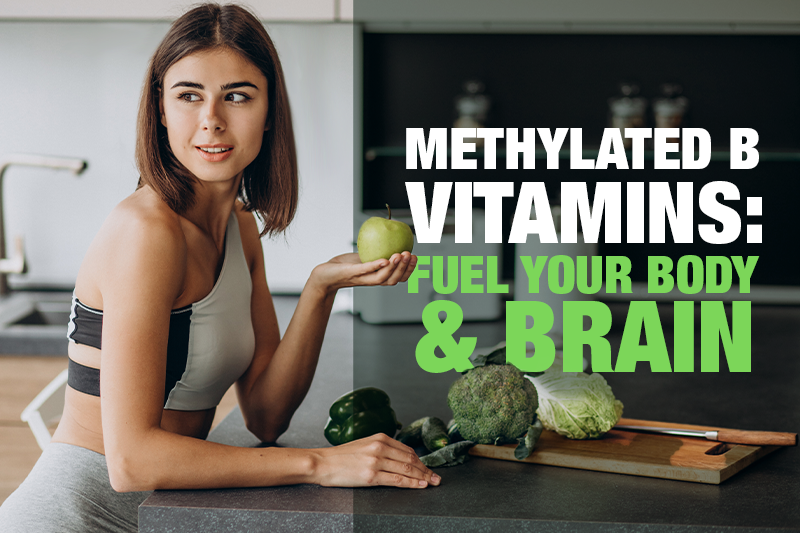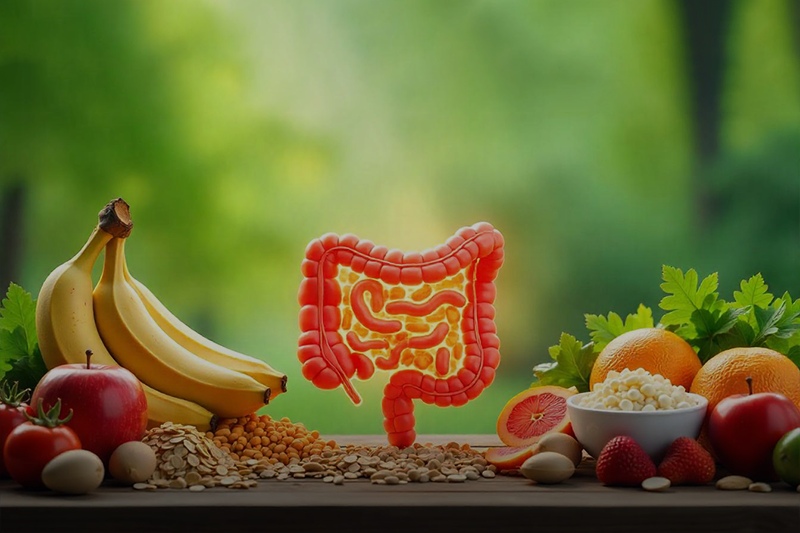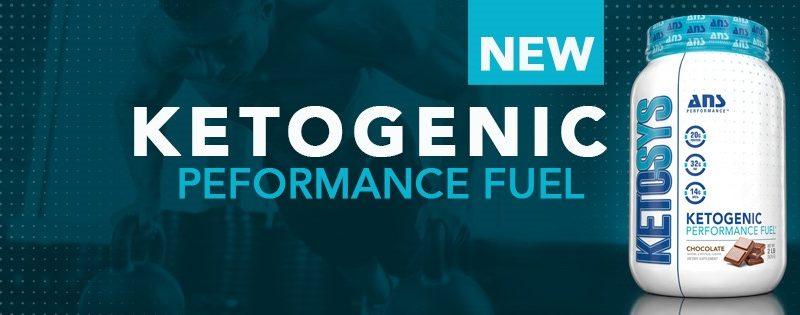

Ketogenic Diets: Methods for Achieving & Maintaining Ketosis
Ketosis is a metabolic state in which fat is used as the primary energy source in the body. Maintaining a state of ketosis requires adherence to a ketogenic diet. But how does one achieve and maintain ketosis?
There are a few things to consider and there isn’t one right answer for everyone. There are also different ways to maintain a ketogenic program which will depend on the individual. Going into the process blind can lead to frustration, but with the following guidelines and things to look out for, you will have a better idea of the right way to transition from carbs to fats and the benefits that come along with it.
How Do You Get into Ketosis?
Ketosis is all about eliminating your body’s dependence on carbs as an energy source. That means reducing your net carb intake typically to below 50g per day. Ketosis can be encouraged by both fasting and aerobic exercise below the lactate threshold. [1] This is because by restricting carbohydrate intake and depleting stored glucose (glycogen) through exercise, your body will seek to breakdown fats as an alternative energy source.
How you initiate ketosis will depend on things like your activity level, schedule, and lifestyle considerations. Consider your experience with nutrition and diet before looking into various methods. Some sample approaches include the following: [2]
Moderate Approach: This is a good choice for most people who want to try a keto diet. Skip one meal per day while reducing your net carb intake below 30g per day. Skipping a single meal, typically either breakfast or dinner will encourage your body to enter ketosis. One consequence of ketosis is reduced appetite, so although you might feel like this is a big step, you can compensate with larger portions for your other two meals until your body adjusts.
Soft approach: For some, jumping in right away can be tricky. If this is case for you then you can start by cutting your main carb culprits. These include your breads, pastas, and desserts while adding in smaller quantities of healthy fat food sources. Work on reducing your net carb intake below 80g per day and continue to work down to below 30g of net carbs per day.
Hardcore approach: Others find that if they are going to do something, they need to go all in. If this sounds like you, then one thing you can try is to fast for a day or two followed by restricting net carb intake to below 20 grams per day. You can use MCT or coconut oil to help. This is not recommended for the beginner or for those who have not had experience with various fasting methods.
What are net carbs?
Net Carbs(g) = Total Carbs(g) – Total Fiber(g)
Since your body does not digest fiber and fiber does not raise your blood sugar (thus doesn’t trigger insulin response), it does not contribute to your carb count when factoring into a ketogenic diet. So when taking into consideration your carb intake, make sure to subtract your fiber from total carbs in your meal.
Three Types of Ketogenic Diet
Ketosis is all about reducing your carbs until your body is running off fats for fuel. This is a great way to burn fat while providing mental clarity and energy throughout your day. But there are a few situations that might require modifying your approach to ketosis. Here are different ways to apply a ketogenic diet depending on your activity level:
1. Standard Ketogenic Diet (SKD)
This is the most common and simplest application of a ketogenic diet. Once you have achieved ketosis, you simply keep your net carb intake below the required amount (around 30-50g) to sustain it. Unless you are engaged in strenuous exercise, or are an athlete, this is likely the diet for you. The good part is that it’s also the easiest to follow.
2. Targeted Ketogenic Diet (TKD) [3]
An intermediate application of the ketogenic diet, this variant applies to individuals who undergo regular high intensity training. High fat diets are able to support low intensity exercise but can make it difficult to achieve the results you may be looking for during high intensity workouts. This is because your body relies on stored sugars (glycogen) for these intense bursts of energy.
TKD gets around this by incorporating a small intake of carbs around a workout. Because you will be looking for quick energy, it is best to consume these carbs relatively soon before your workout (recommendations range from an hour to 15 minutes prior). These carbs should also have a high glycemic index because you are looking for fast absorption.
The idea here is not to binge on carbs, but instead to provide your body with enough glycogen to draw on when achieving those high intensity workouts. By doing so, your body will deplete those stores and can return to its ketogenic state after your workout where you will retain the benefits of ketosis.
3. Cyclical Ketogenic Diet (CKD) [1]
This approach to ketosis should only be undertaken with prior experience with ketosis and high intensity activity demands. Like TKD, CKD adds carbs to your keto routine. However, instead of a small intake of carbs before your workout, you spend 5-6 days with a standard ketogenic diet followed by 1-2 days of a carb-intensive diet.
The idea here is that while ketosis depletes your glycogen stores your body will actually overcompensate when presented with carbs for energy and store more than it normally would. This provides plenty of energy to accomplish high intensity routines (particularly in the beginning of the week) while still maintaining the fat burning benefits of ketosis throughout the week. Unlike TKD where the idea is to absorb carbs quickly, for CKD it is better to choose carbs with a low glycemic index as your carb loading is more prolonged and will provide more glycogen when re-entering ketosis for the week.
These methods can almost be viewed as beginner, intermediate, and advanced applications of a ketogenic diet. If this is your first look into ketosis, the standard approach is definitely where you should start. If you already do your fair share of high intensity exercise, you might want to experiment with the targeted approach to see how it contributes to your routine. Only once you’ve tried both, and have significant high intensity activity demands as part of your routine, is it recommended to try the cyclical approach. All three methods have their place and can accommodate performance pitfalls you might encounter while applying your ketogenic diet.
Avoiding Common Mistakes. How to . . .
(i) Beat Keto Fog
Keto fog, sometimes referred to as keto-flu, happens when your body first adjusts to a ketogenic state. Especially if you have a very carb-intensive diet, your body might take time to adapt to ketosis. This is a temporary feeling and can be managed by helping your body receive the boost it needs during the transition.
One way to do this is with beta-hydroxybutyrate (BHB) salts. [4] BHB is one of the primary ketone bodies the body uses for energy while in ketosis. Providing your body with exogenous BHB salts will offer an easier energy source while your system adjusts to breaking down dietary fats and burning your stored fat for that energy.
Ketogenic diets can have a diuretic effect related to carbohydrate depletion so it is important to stay well hydrated to stave off any dehydration symptoms that may contribute to keto fog. One common remedy for symptoms includes consuming a good quality bone broth that offers nutrients, hydration, and sodium to replenish your system.
Note: Once you’ve felt like your body has adjusted, consider removing the BHB salts from your diet. Reliance on exogenous ketones will impair your body’s ability to break down its own fat stores which can get in the way of potential weight loss goals.
(ii) Maintain Adequate Micronutrients
Since ketogenic diets can be diuretic in nature they can also lead to a loss of electrolytes. Combined with a restriction in food variety, supplementing your transition–and even your keto diet in general–with a multivitamin along with electrolytes like calcium, potassium, and magnesium can ensure your body is receiving the micronutrients it needs to run smoothly. Careful planning with your keto diet can provide many of these nutrients over time but supplementing might provide a smoother transition. Make sure all supplement sources are sugar free so that they do not contribute to your carb intake.
Your success with ketosis will come down to finding the right way to transition from carbs to fats while accommodating your activity level with the best diet. Many reported downsides come from neglecting ways that can ease the process and provide the nutrients needed to sustain the transition and activity levels thereafter. By utilizing the right supplements and strategies around your workouts, you can forego the pitfalls of poorly executed ketogenic diets while reaping the benefits of fat loss, sustained energy, and mental clarity that a ketogenic diet can offer.
Sources
[1] http://www.thinkmuscle.com/articles/mcdonald/training-on-ketogenic-diet.htm
[2] https://paleomagazine.com/how-to-start-ketogenic-diet
[3] https://www.ruled.me/targeted-ketogenic-diet-indepth-look/
[4] https://www.perfectketo.com/exogenous-ketones-supplement-ketones/


